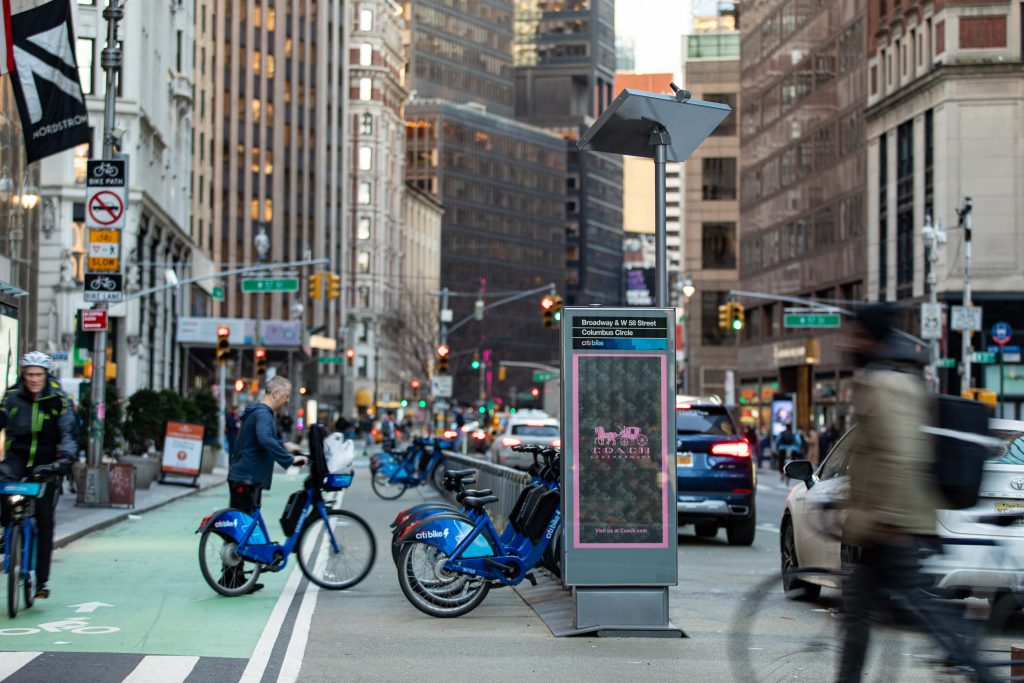Inventory Auditing Continues To Be The Essence Of Geopath

Accurate and defensible performance measurement of media campaigns has taken on an even greater level of importance for advertisers amid tightening budgets and heightened expectations. Media channels across the board, Out of Home included, continue to invest heavily in data-driven technologies and new approaches to provide marketers with insights that allow them to clearly understand the results and impact of their marketing investments.
While advances in measurement will and should continue to be a pervasive topic of focus, it can be easy to forget that effective measurement cannot be achieved without a detailed understanding of the characteristics and composition of advertising inventory. Just as artificial intelligence solutions need access to rich data sources to deliver any kind of value, measuring campaign performance within any medium starts with having access to an extensive and detailed database of inventory used during a campaign.
This is why Geopath continues to dedicate significant financial and human resources to the auditing of OOH inventory, giving advertisers, agencies, and members accurate and verified details related to every piece of roadside, place-based, and transit inventory available within our system.
Auditing inventory has always been the essence of Geopath. It is a thoughtful and committed process we undertake nearly every day. Using a combination of rich data and online resources, we review and examine each piece of inventory submitted by members to detail the characteristics and determine the true transactional value of each. We examine all the accompanying variables that dictate the extent to which targeted audiences will see advertising messages.
For roadside inventory, we start by using aerial and street-level imagery to verify that the media is where it is stated to be. Accuracy is critical, so we look at both current and past images and capture the longitude and latitude (with sub-meter precision) to arrive at the exact location and ensure that the spatial data points and roadway assignments are correct. A few decimal points in either direction can represent a significant difference in the visibility of the media.
The data is input into Atlas, our custom homegrown auditing tool. This tool allows us to determine the direction and orientation of each billboard, identify and confirm the road segments that have visibility to the frame, and measure the distance between the billboard and every path of the audience. Using traffic and audience movement data, we analyze traffic speed, changing traffic patterns, number of people in vehicles, congestion, and any other data points that can help inform dwell time within the viewshed of a particular frame. We factor in circulation for every hour of every day on every viewable segment of the road, so we can determine how likely an ad will be seen by passing pedestrians or vehicular traffic at different times of the day. Combining all of this information, Geopath can arrive at an impression number for the inventory.
This comprehensive process is how we audit and verify roadside billboards. The methods we used for place-based and transit are unique in their own right, but no less rigorous.
On any given day, we have as many as six of our twenty Geopath employees – approximately one-third of the team – analyzing new inventory and responding to verification requests in the event of an acquisition. In total, Geopath team members analyze and audit as many as 10,000 pieces of inventory each month!
At the end of the day, any form of measurement in OOH media could not exist without a precise database of audited inventory. With an attention to detail and a sophisticated methodology that is both data-driven and human-led, we ensure that members can extract maximum value from their inventory and ultimately meet the campaign measurement expectations of today’s discerning marketers.
